Summer ’24 with the Centre IX
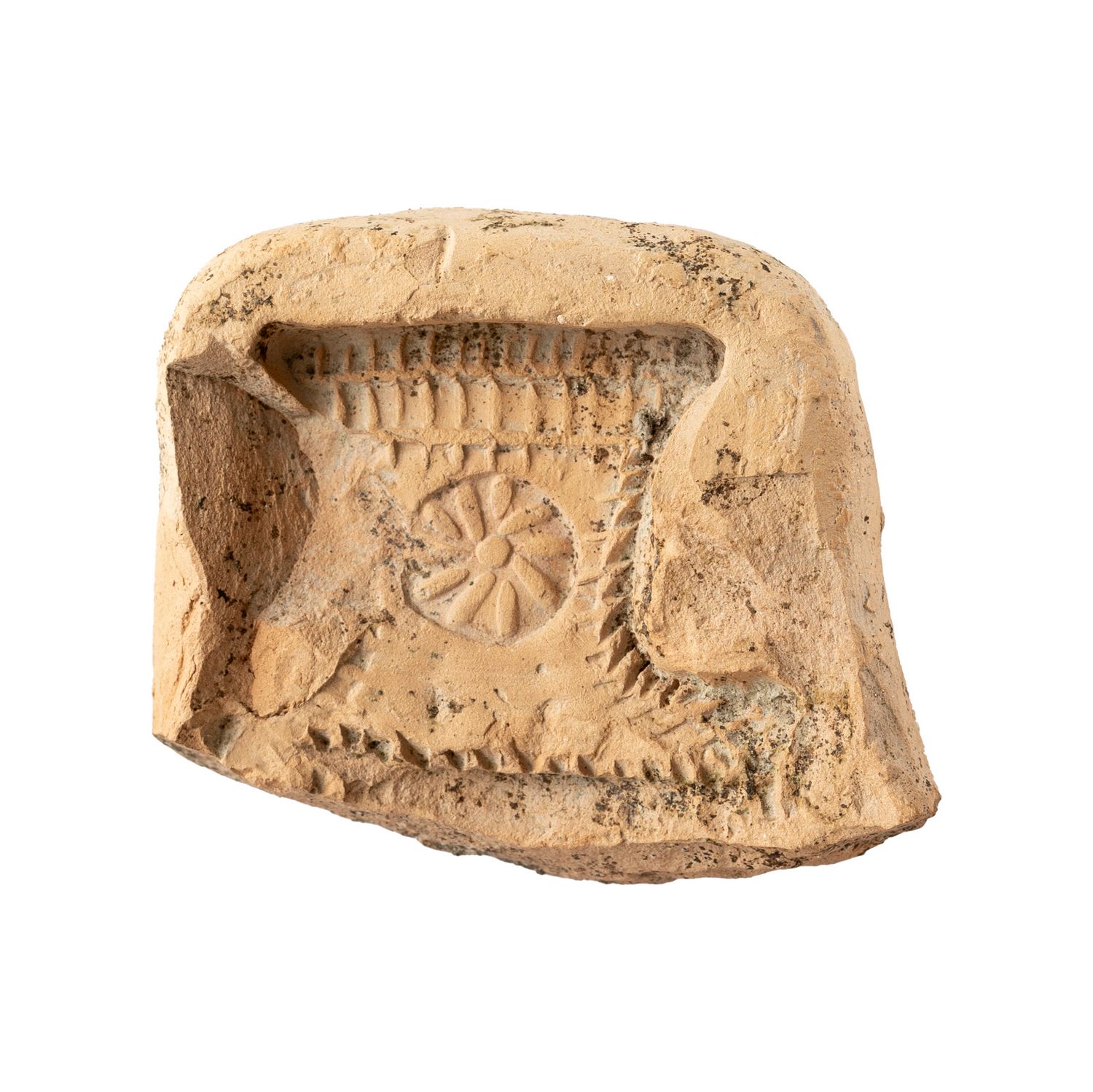
All good things must come to an end… and so have this year’s excavations in Novae. Despite numerous challenges, such as the heat, deep excavations, and the complexity of field and documentation work, this campaign has yielded surprising results.
We have investigated the layers down to the level of the military barracks, reaching a depth of over 4 metres from the ground surface. All accessible areas where it was possible to reach the deepest layers have been thoroughly explored. We have already established complete and verified plans of the only early wooden-earth structures along the Lower Danube. We hope that the samples taken for analysis will provide additional information, not only refining the dating but also helping us identify all the types of materials used in the construction of the barracks, including the species of wood and other biological materials used. The juxtaposition of this unique and difficult-to-study architecture with the discovered artefacts will allow us to determine the furnishings of individual interiors within the contubernium, as well as the various functions of the rooms in the centurion’s house. We have also obtained data that will help us establish the communication routes within the complex, which is extremely challenging, as such structures are often represented by continuous lines on maps.
In last year’s campaign, we began investigations aimed at determining the course of the road that separates both the wooden barrack complexes and delimits the centurion’s house from one side, which is from the stone phase associated with the First Italian Legion. In both cases, we identified additional complexes lying on the opposite side of the street, but we were also in for a surprise. It turned out that during the wooden phase, the axis of the road was 2 metres eastward compared to the axis of the street from the stone phase. Since the street grids and building blocks in the camp had to be laid out evenly and have a designated area, this means that the entire camp was initially shifted more to the east. Thus, this seemingly trivial discovery has significant consequences for the whole camp. It also confirms a previously unverified observation that during the investigation of the southern gate of the camp in the 1970s, a similar anomaly was noticed in the course of the main street, the via decumana.
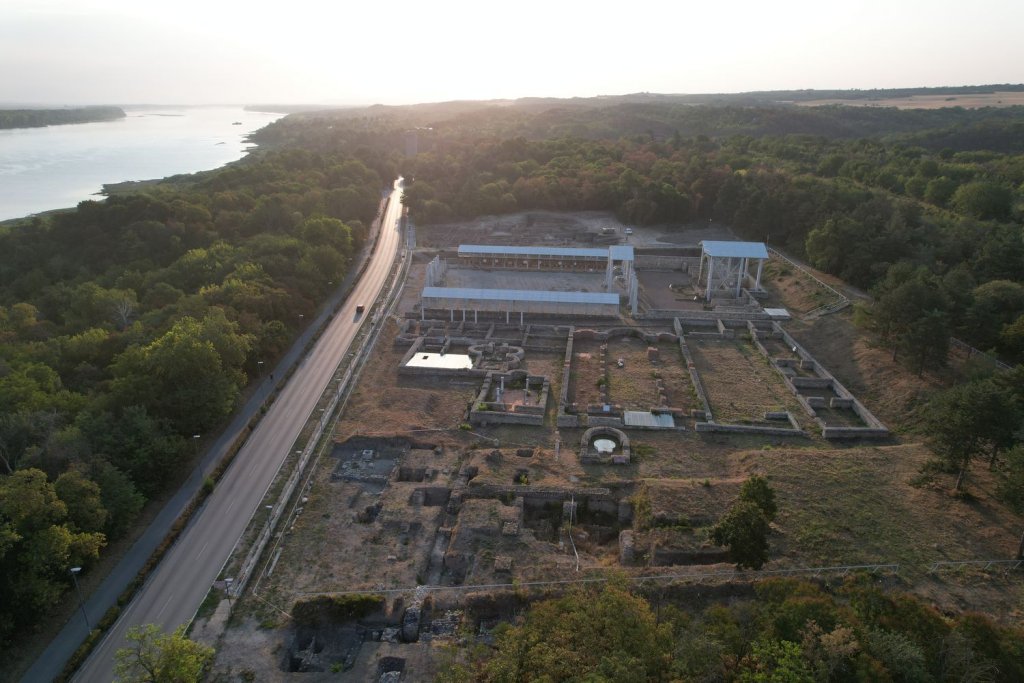
The investigation also covered two wings of the centurion’s house. The hypothesis that the main representative wing of this building was not located on the street dividing it from the principia—which seemed natural—but on the quieter and narrower street on the opposite side of the complex was confirmed. This wing was indeed highly representative. The large rooms had floors made of hydraulic mortar, with floor borders additionally painted in red. All the rooms had walls painted in white and red, with some decorative compositions. However, due to the fragmentary nature of the discovered plaster pieces, we can only be certain that some depicted garlands and other plant motifs.
The biggest surprise, however, awaited us in the southern part, where we investigated the bathhouse belonging to the complex. Previously, we had uncovered the frigidarium, one caldarium, and part of the tepidarium. This year, the latter room was fully uncovered. Later dismantling of this part of the bathhouse proved useful for us as it exposed the internal structure of the heating system, including the channels that directed hot air from the furnace under the floor and the heating channels in the walls of the room—known as tubulatio. In this case, a multi-layered suspensura was placed on 65 cm high pillars. A ceramic water pipe ran through it. Thus, last year’s hypothesis was confirmed, that warm water for the caldarium was not obtained through a boiler system but by heating cold water as it flowed through the heated suspensura of the tepidarium.

Just when we thought we had gathered all the necessary data, another surprise awaited us: it turned out that the bathhouse had a second caldarium. This is a large pool heated by a separate hypocaust system. The edges of the pool, which remained on the walls, allowed us to determine its depth. Moreover, remnants of wall paintings were found, allowing us to determine that the walls were divided into red and white panels. The so-called glifs of the window niche and fragments of glass panes were also discovered, suggesting that the room had at least one window. Looking at the uncovered parts of the bathhouse, it can be concluded that we are dealing with a very rare type of double bathhouse. Extending the hypothesis further, we can tentatively assume that the bathhouse served both the centurion and the legionaries of the First Cohort, at least those of the 1st century of the First Cohort. This is an extraordinary luxury in military camps.
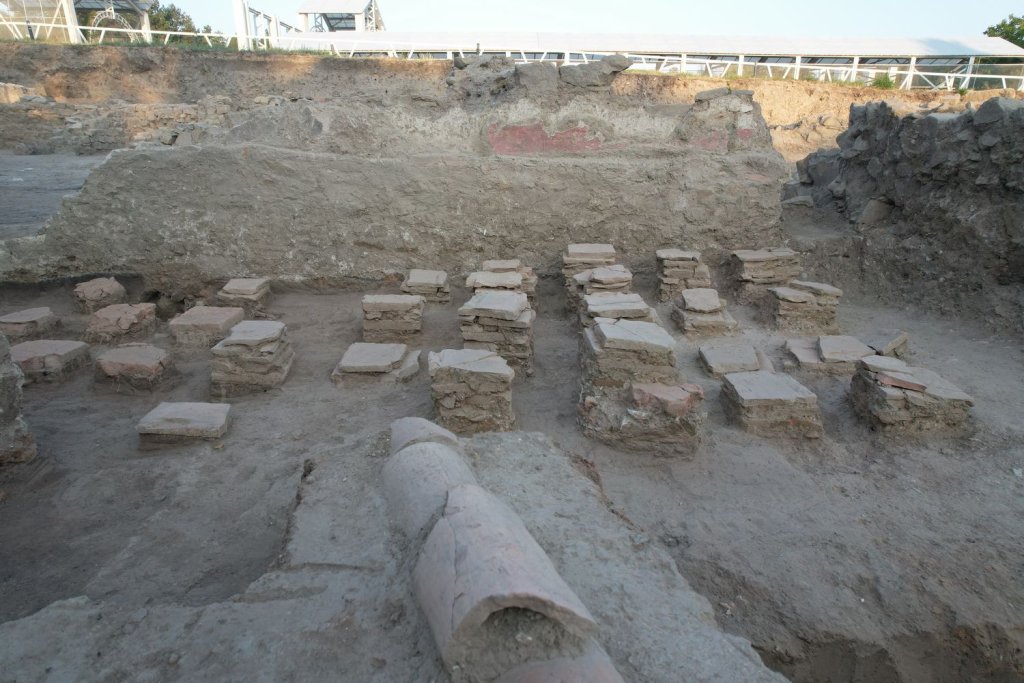
The bathhouse was also connected to a whole system of channels and water pipes that regulated the flow of water in the bathing systems.
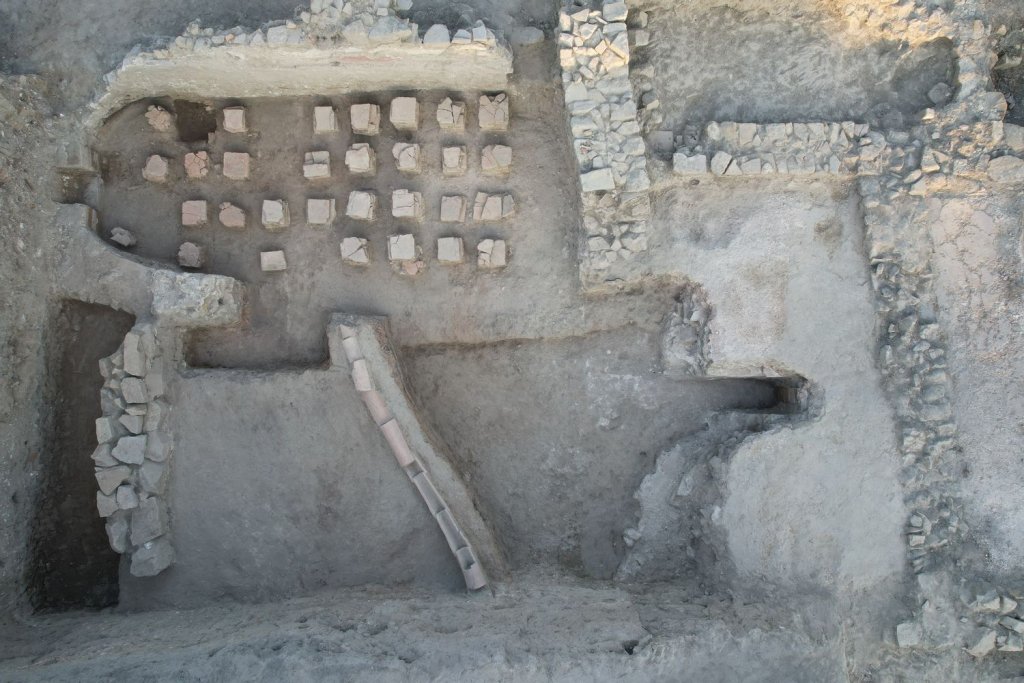
We also uncovered a very mysterious room incorporated into the architectural system of the bathhouse. However, it is not the architecture of the room that is mysterious, but the artefacts discovered within it. Last year, a figurine of the Egyptian god Harpocrates was found; this year, we discovered another well-preserved one. What surprised us, though, were fragments of bronze spatulas and probes, which could have been used for cosmetic purposes but were primarily medical tools. There were also bronze nails, indicating that this room contained furniture adorned with the aforementioned figurines. Additionally, small lead ounce weights were found, as well as a gaming board made of a ceramic slab and astragal.
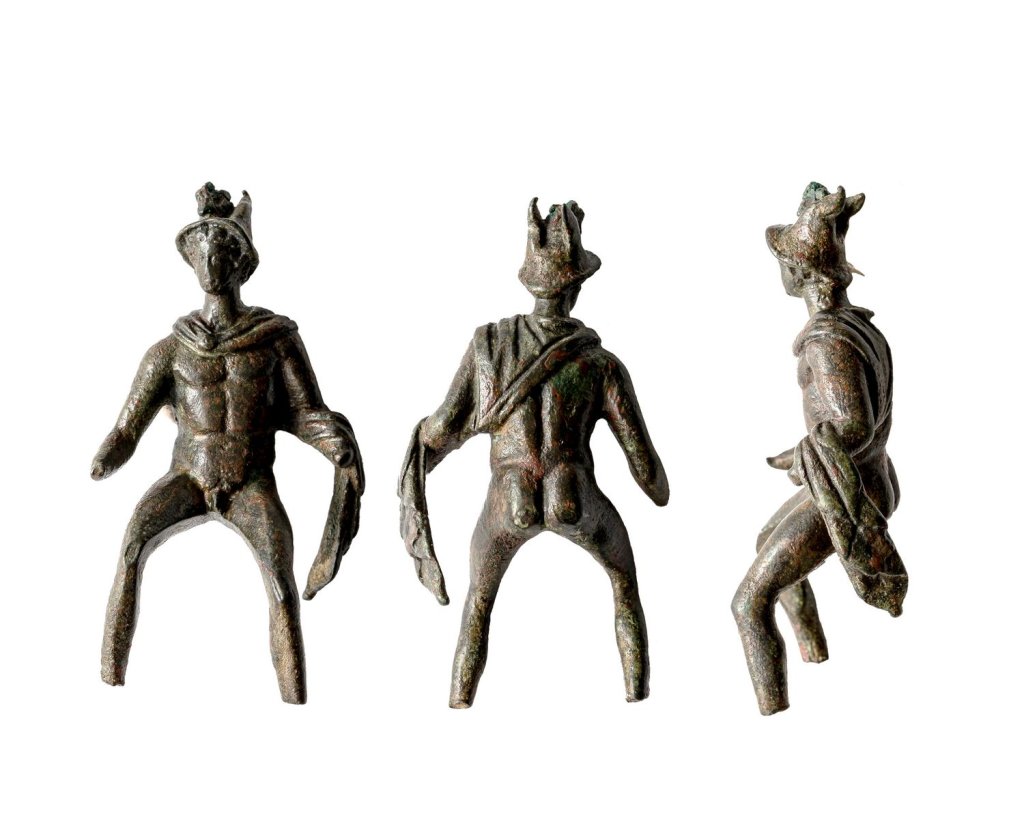
At this stage of the research, we have three explanations. Either this was a room used for relaxation after bathing and body care, known as an oleoterion, or it was a place where doctors specifically cared for the legionaries of the First Cohort, or the room combined both functions. This situation is reminiscent of the one we noted in the wooden barracks, where we discovered medical instruments in two interiors. These situations suggest something previously unknown—that the legionaries of the First Cohort were under special medical care.
This is not the only new finding related to our excavations. It appears that our legionaries were quite inventive: from inventing “refrigerators” to developing a new, inexpensive and simple water heating system, to ensuring medical care.
In this context, the discovery of another cistern in the centurion’s house complex seems like a minor detail. The construction itself is not extraordinary, but its contents are intriguing: a lamp, glass bottles, wine-drinking bowls, a cooking pot, and animal bones. Why wasn’t it cleaned out? Perhaps the answer to this question lies in the fact that at some point in 238 AD, the legion was condemned to damnatio memoriae—could these be the remnants of the last feast?
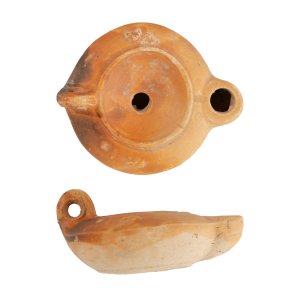
These are just some of the synthetic findings from this year’s excavations in Novae. Of course, the data we obtain from analyses and the synthesis we will conduct back in Poland will highlight certain aspects; we will likely also solve some puzzles. Undoubtedly, the new findings we share with the scientific community will help us better understand the functioning not only of the First Italic Legion, that “phalanx of Alexander the Great,” as it was sometimes called.
